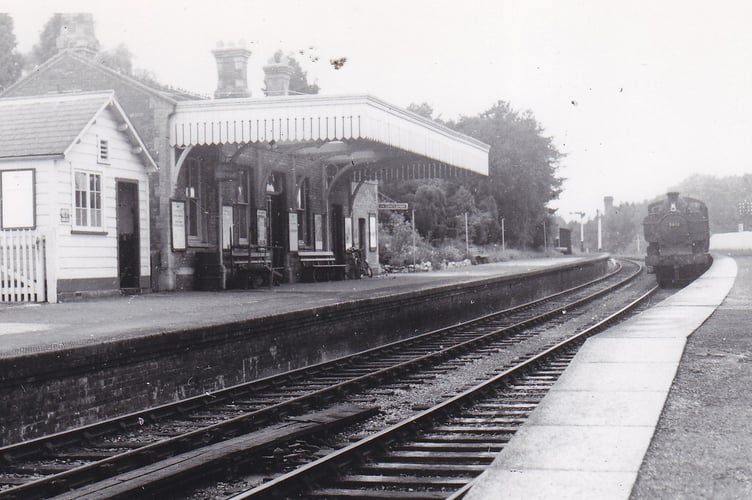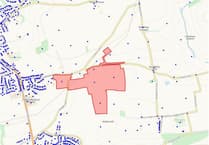CAN you guess where this week’s Mystery Photograph was taken?
Each week, the Journal invites readers to test their local knowledge by identifying a historic location from days gone by.
Last week's Mystery Photograph was taken at Clutton Station on the GWR line to Bristol. Congratulations to Paul Hancock who got the answer correct.

Clutton railway station, located in the village of Clutton, served as a significant point on the Bristol and North Somerset Railway. Opened by the Great Western Railway on September 3, 1873, it formed part of a crucial line connecting Bristol to Radstock, with subsequent extensions to Frome.
The establishment of this railway link was particularly important for the local area, which had a long history of coal mining, facilitating the transportation of coal from the Somerset Coalfield.
Beyond its role in freight, Clutton station also provided passenger services, serving commuters and connecting the rural community with larger urban centres. The railway's construction was a protracted process, with various proposals and challenges over several decades before its eventual completion.
The station itself underwent improvements over time, including the installation of a crossing loop, a signal box, and later a parcels hut to manage increasing traffic.
The operational life of Clutton railway station spanned several decades, adapting to the changing needs of the region. However, a decline in both coal transportation and passenger commuting in the mid-20th century ultimately led to its closure.
Passenger services ceased on November 2, 1959, preceding the widespread Beeching Axe rationalisation of the British railway network. The station was fully closed to goods traffic on June 15, 1964, marking the end of its functional existence as a railway facility.
While the station buildings are no longer in railway use, the history of Clutton station remains an important part of the local heritage, reflecting the area's industrial past and its connection to the broader rail network.
.jpeg?width=752&height=500&crop=752:500)



.png?width=209&height=140&crop=209:145,smart&quality=75)
Comments
This article has no comments yet. Be the first to leave a comment.